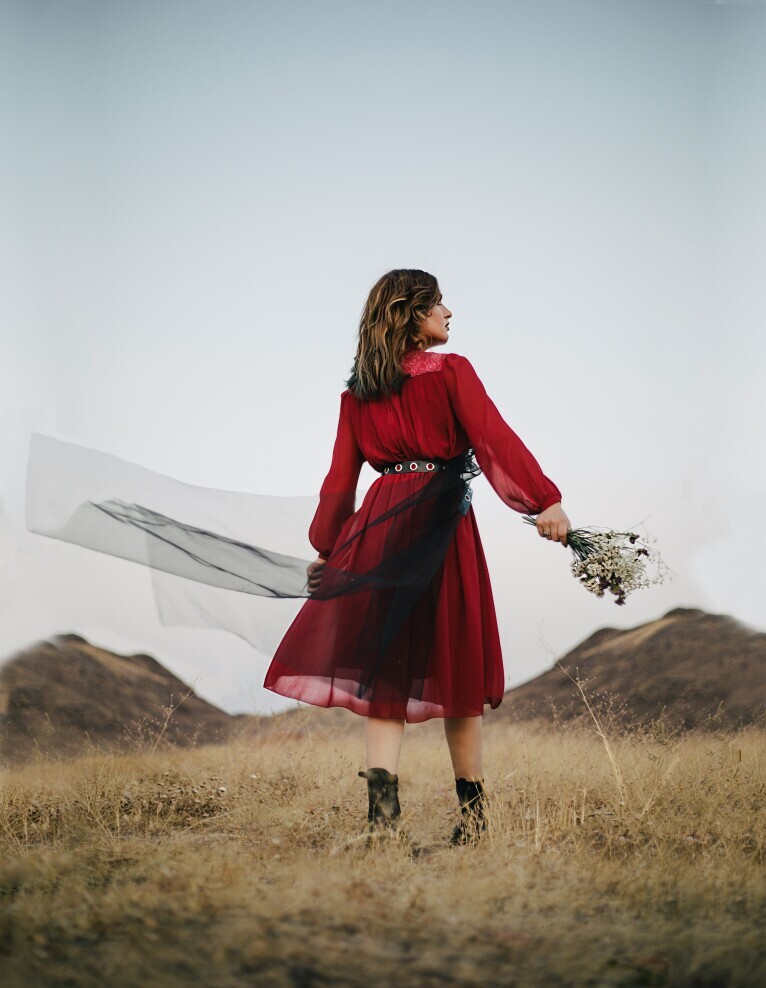 MohammadO Shokoofe (2020) [Photograph] Unsplash
MohammadO Shokoofe (2020) [Photograph] Unsplash
Photography might initially seem intimidating, but mastering the basics is the first step to capturing stunning images. Understanding your camera’s settings is crucial. Get familiar with modes like aperture priority, shutter priority, and manual mode. Each setting affects how your photos turn out, giving you more creative control.
Exposure is another vital concept. It involves balancing the aperture, shutter speed, and ISO to get the right amount of light in your shot. Think of it as the science behind great photography. By balancing the aperture, shutter speed, and ISO, you’ll avoid overexposed or underexposed pictures and achieve perfect brightness.
Lighting plays an essential role. Natural light often offers the best results, but learning to work with artificial lights can elevate your shots. Pay attention to how light interacts with your subject. Shadows and highlights add depth and interest.
Composition techniques are a game-changer. One easy trick is the rule of thirds. Imagine your frame divided into nine equal parts by two vertical and two horizontal lines. Place essential elements along these lines or at their intersections to create a balanced and engaging photo.
Always strive to keep your skills sharp. Consistent practice will help you improve, whether experimenting with different angles or trying new settings. Remember, photography is both an art and a science. Don’t be afraid to make mistakes and learn from them.
Advanced Techniques for Stunning Photography
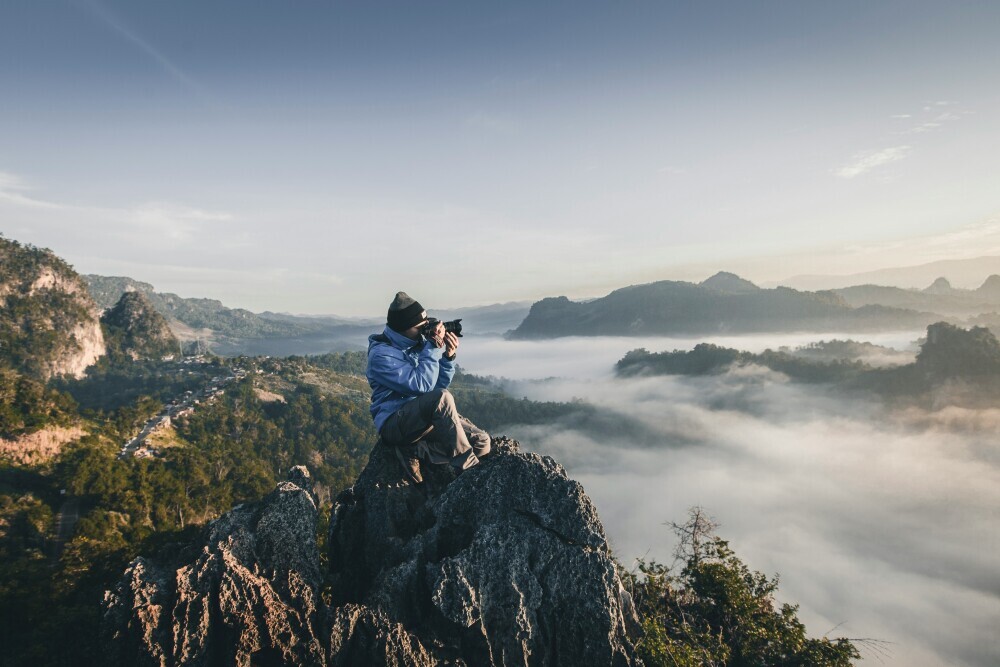 Alif Ngoylung (2017) [Photograph] Unsplash
Alif Ngoylung (2017) [Photograph] Unsplash
Perfecting your photography skills involves experimenting with advanced techniques. Capturing motion and action shots adds dynamism to your photos. Use a fast shutter speed to freeze the action, or try a slower one for cool motion blur effects.
Natural light can be your best friend, but you must master it. Pay attention to the golden hour – the hour after sunrise and before sunset – when the light is soft and warm. Shadows can add a dramatic flair, so don’t shy away from them.
High Dynamic Range (HDR) photography helps when dealing with high-contrast scenes. By taking multiple shots at different exposures and merging them, you’ll capture details in both the shadows and highlights. It’s perfect for landscapes.
Incorporating leading lines is a great way to guide the viewer’s eyes through your photo. Look for roads, fences, or even shadows that lead toward your subject. This technique adds depth and ensures your photo tells a story.
Macro photography opens a whole new world. Use a macro lens to get up close and personal with tiny subjects like insects or flowers. This technique reveals intricate details often missed, making your photos unique.
Editing Tips to Enhance Your Photos
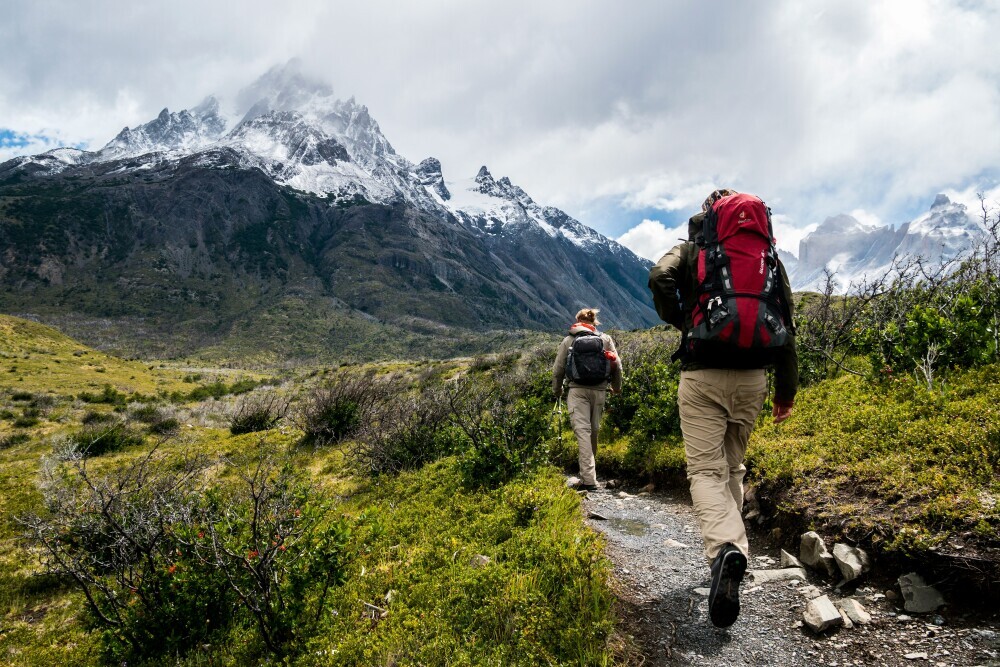 Toomas Tartes (2019) [Photograph] Unsplash
Toomas Tartes (2019) [Photograph] Unsplash
Choosing the right photo editing software can make a big difference. Programs like Adobe Photoshop and Lightroom offer potent tools but don’t overlook user-friendly apps like Snapseed for quick edits on your phone.
Start with basic color correction and retouching. Adjust the brightness, contrast, and saturation to bring your photo to life. Minor tweaks can make a huge impact.
Explore advanced editing techniques for a more professional look. Layer masks, blend modes, and selective adjustments can help you enhance specific areas of your photo without affecting the whole image.
Creating a cohesive look with presets and filters saves time and ensures consistency. You can find these online or create your own based on your style. Apply them to multiple photos for a uniform appearance.
Watch out for common editing mistakes. Overdoing filters or adjustments can make your photos look unnatural. Always aim for a balanced edit that enhances without overshadowing the original shot.
Essential Gear and Accessories for Photographers
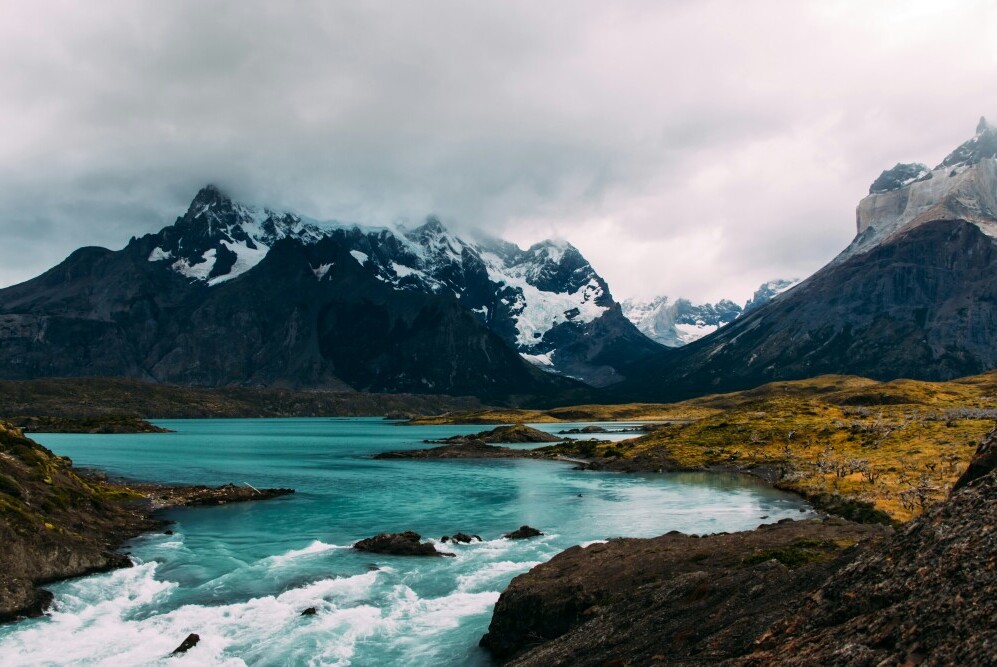 Diego Jimenez (2017) [Photograph] Unsplash
Diego Jimenez (2017) [Photograph] Unsplash
Selecting the right gear is crucial for capturing stunning shots. Different types of photography require specific lenses. For instance, a wide-angle lens is perfect for landscapes, while a portrait lens captures beautiful, detailed portraits. Consider investing in a versatile zoom lens for flexibility.
A sturdy tripod is a must-have. It stabilizes your camera, helps in low-light situations, and is essential for long-exposure shots. Look for one that’s lightweight yet durable, making it easy to carry around.
External lighting options, like a good flash or continuous light, can drastically improve your photos. Softboxes and reflectors help manage light, reducing harsh shadows and producing even lighting. This equipment is beneficial for indoor or studio shoots.
Don’t overlook valuable accessories that make shooting more convenient and enjoyable. Comfortable straps help carry your camera without strain, while quality bags protect your gear. Lens cleaners keep your equipment in top shape; extra batteries ensure you don’t miss any shots.
Choosing the right camera depends on your needs and budget. Whether you choose a DSLR, mirrorless camera, or even a high-quality compact camera, ensure it suits your photography style and offers room for growth as you improve your skills.
Building a Portfolio and Sharing Your Work
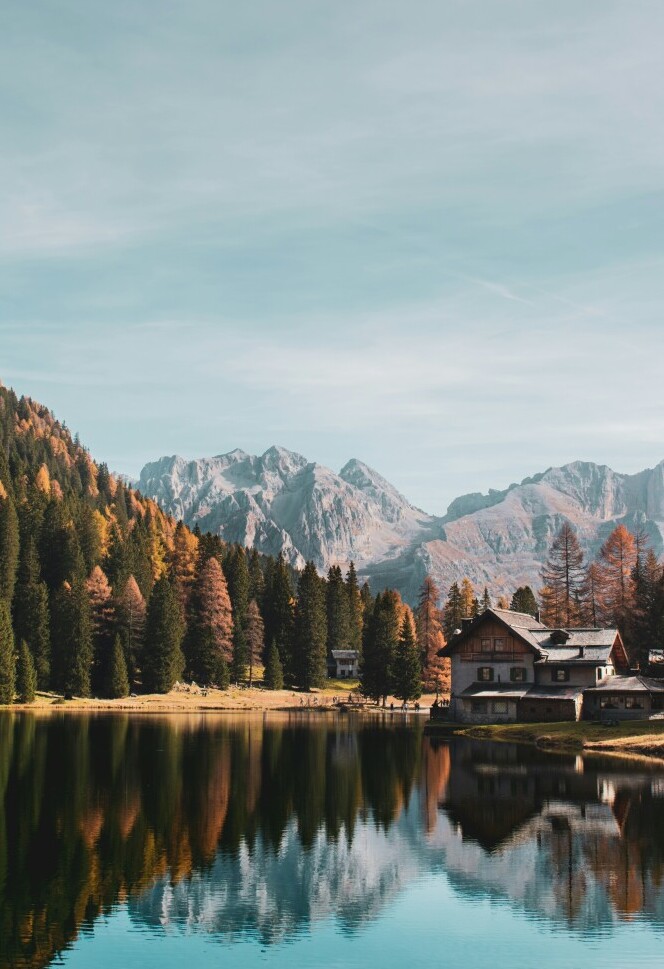 Michael Baccin (2022) [Photograph] Unsplash
Michael Baccin (2022) [Photograph] Unsplash
Creating an online portfolio is essential for showcasing your best work. Websites like SmugMug, Wix, or even a personal blog allow you to organize and present your photos professionally. Make sure your portfolio highlights a variety of styles to show your versatility.
Highlight your most impressive shots, but don’t forget to show a cohesive theme or style. This helps potential clients or followers understand your unique approach to photography.
Use social media platforms to grow your audience. Instagram is a favorite among photographers, offering a visual-centric platform for sharing work. Engage with your followers by responding to comments and sharing behind-the-scenes content.
Joining photography communities, both online and offline, provides opportunities for learning and networking. Participate in local photography clubs, online forums, or workshops to connect with like-minded individuals and gain feedback on your work.
Getting your work published or exhibited elevates your profile. Start by submitting your photos to photography magazines, websites, and competitions. Many local galleries offer opportunities for emerging photographers to show their work. This exposure can lead to more opportunities and recognition.
